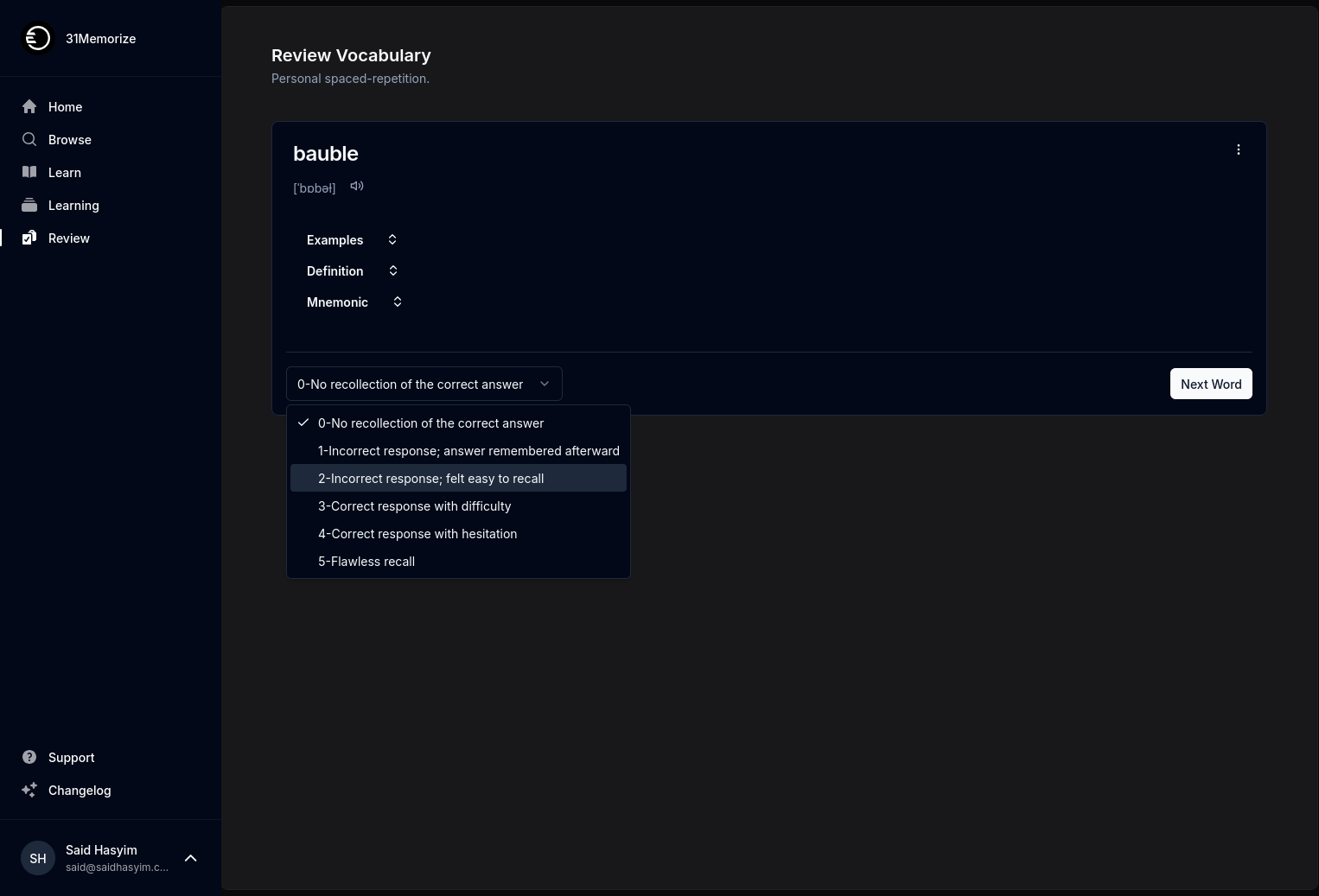Importance of Monitoring Multichannel Book Ratings
In today’s fast-paced digital landscape, the way readers discover and evaluate books has transformed dramatically. The advent of various channels—from traditional bookstores to sophisticated online platforms—has provided readers with an overwhelming abundance of choices. Yet, with this plethora of options comes the challenge of discerning quality content amid an ocean of material. This is where the importance of monitoring multichannel book ratings comes into play.
Understanding Multichannel Book Ratings
Multichannel book ratings encompass reviews and ratings collected from various platforms, including bookstores, online retailers, social media, and dedicated book review sites. These multi-faceted ratings give readers a comprehensive understanding of a book's reception across different audiences and platforms.
Why Multichannel Monitoring Matters
1. Holistic Perspective
One of the most significant advantages of multichannel book ratings is the holistic view they offer. A single platform may have a skewed representation of a book's quality based on specific user demographics, genre preferences, or marketing efforts. By aggregating ratings from various sources, readers can form a more rounded perspective of the book’s merit.
2. Diverse Reader Feedback
Different platforms attract different readers. For instance, a book rated highly on Goodreads might appeal to literary fiction enthusiasts, while a similar book on Amazon might be favored by casual readers. Monitoring these diverse ratings helps authors and publishers understand how their work resonates across different segments, informing future marketing strategies and content creation.
3. Identifying Trends and Patterns
Monitoring book ratings is not merely about averaging numbers. It involves recognizing trends and patterns that can shape the litany of books that gain traction. For example, a novel that receives immediate popularity in digital formats might transition into physical sales, which could spark interest in corresponding genres or similar authors.
4. Addressing Reader Concerns
In the age of social media and instant feedback, reader concerns can escalate quickly. Monitoring ratings across various platforms allows authors and publishers to address criticisms, refine their narratives, or respond to constructive criticism. Proactive engagement can enhance the author-reader relationship, fostering a loyal following.
5. Informing Marketing and Promotion Strategies
A comprehensive understanding of how a book is rated across different platforms is invaluable for marketing teams. By knowing which channels yield the best reception or are associated with high engagement levels, publishers can effectively allocate resources and fine-tune marketing campaigns.
The Role of Data Analytics
To effectively monitor multichannel book ratings, harnessing the power of data analytics tools can significantly streamline the process. With these tools, one can track real-time ratings and reviews, allowing for more timely responses to emerging trends or reader sentiments.
Utilizing Data for Success
Using analytics to monitor ratings helps identify:
- Key Influencers: Recognizing which platforms or individuals have the most impact on book ratings can guide targeted marketing efforts.
- Sentiment Analysis: Understanding the emotional tone behind reviews can highlight strengths and weaknesses in the narrative or thematic elements.
- Competitive Analysis: Keeping an eye on competitors' ratings allows authors and publishers to gauge market positioning and innovate their offerings.
Challenges in Monitoring Multichannel Ratings
While the importance of monitoring book ratings across multiple channels is clear, it’s not without challenges.
1. Information Overload
With numerous platforms available, the sheer volume of data can be overwhelming. Filtering through ratings to find meaningful insights requires a structured approach.
2. Varied Rating Scales
Different platforms have diverse rating systems, from stars to thumbs up/down. This inconsistency makes cross-comparison challenging, necessitating a standardized approach for analysis.
3. Spurious Reviews
The online landscape often carries reviews that lack authenticity—ranging from bots to incentivized ratings. Filtering out noise to focus on genuine feedback is crucial for effective monitoring.
Best Practices for Effective Monitoring
To reap the benefits of multichannel book rating monitoring, consider the following best practices:
1. Diversify Your Sources
Don’t limit your monitoring to just one or two platforms. Incorporate ratings from a broad spectrum of sources to gain a balanced view.
2. Automate Where Possible
Consider using data analytics tools to automate the monitoring process. Automation can aid in tracking real-time data without overwhelming manual efforts.
3. Engage with Readers
Take time to respond to reader concerns, both positive and negative. Engagement builds community and allows authors to connect with their audience meaningfully.
4. Regularly Analyze and Adapt
Make it a practice to regularly review collected data and patterns. Adapt strategies based on data-driven insights rather than relying solely on gut feelings.
Conclusion
In a world where a myriad of voices and opinions shape reader preferences, monitoring multichannel book ratings is not just beneficial; it is imperative. It provides authors and publishers the insights needed to navigate the complex terrain of the literary world effectively. By understanding diverse sentiments and engaging with readers across platforms, they can enhance their work, build strong relationships with their audiences, and contribute to the literary landscape meaningfully.
In this digital age, the question isn't just whether a book is good—it's how well it resonates across channels and how effectively the voices of readers are heard. Monitoring multichannel book ratings equips stakeholders with the tools needed not just to survive but to thrive in the literary marketplace.
